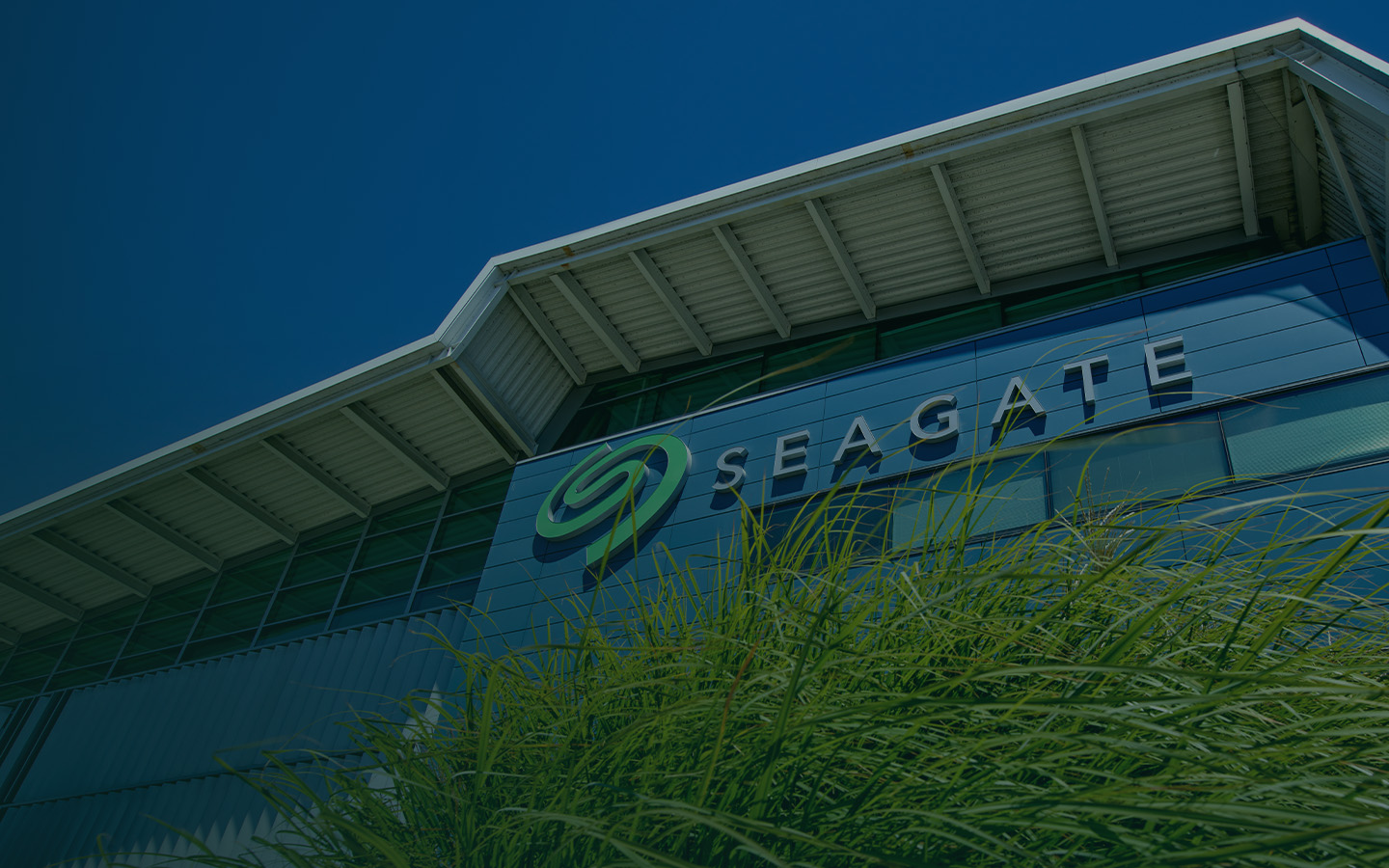Thanks for all your research!
Adaptec mentions (on the link you supplied)
-
SCSI-2 Ultra Wide, 68-pin - 1.5 Meters with four or more devices on the SCSI chain or 3 Meters for three or less devices on the SCSI chain.
-
The other sites claim 3 metres for four or less devices (but perhaps Adaptec isn't counting the host adapter).
While I do appreciate your research - I merely was trying to illustrate that SCSI is not always as well defined as it claims to be (one of the reasons why I was wrong with Patricks cable length).
You could be right about the 16 device UW support is due to a change of standards, but few sites (only the manufacturers) websites seem to make mention of this.
Viewing these specs, I now have another question
Are there any tools available that allows one to view the bus-usage ? I know that judging by specs, my system has the ability to max out the UW-bus; the 2 LVD-drives present have
IBM : http://www.storage.ibm.com/hdd/ultra/36lzxdata.htm
(Sustained data rate 21.7- 36.1MB/sec)
Quantum:
(Sustained Throughput (MB/ sec) 18 to 26)
Now that I look at it, it seems more dramatic than I thought, this on a 40 MB bus ..... Both drives weren't added at the same time: at the time of the Quantum Atlas 10K, I already had the 2940UW in my system (so I didn't see the need to buy a new controller). When I added the IBM, I just hooked it up to the same controller, I figured I'd upgrade the rest soon afterwards and that maxing out the bus wasn't that likely. But now that I'm more and more using software such as Photoshop, Visual Studio, ..., maxing out the bus doesn't seem so far-fetched....
..... Both drives weren't added at the same time: at the time of the Quantum Atlas 10K, I already had the 2940UW in my system (so I didn't see the need to buy a new controller). When I added the IBM, I just hooked it up to the same controller, I figured I'd upgrade the rest soon afterwards and that maxing out the bus wasn't that likely. But now that I'm more and more using software such as Photoshop, Visual Studio, ..., maxing out the bus doesn't seem so far-fetched....
(an upgrade is coming this summer ! )
)
Jörg
Adaptec mentions (on the link you supplied)
-
SCSI-2 Ultra Wide, 68-pin - 1.5 Meters with four or more devices on the SCSI chain or 3 Meters for three or less devices on the SCSI chain.
-
The other sites claim 3 metres for four or less devices (but perhaps Adaptec isn't counting the host adapter).
While I do appreciate your research - I merely was trying to illustrate that SCSI is not always as well defined as it claims to be (one of the reasons why I was wrong with Patricks cable length).
You could be right about the 16 device UW support is due to a change of standards, but few sites (only the manufacturers) websites seem to make mention of this.
Viewing these specs, I now have another question

Are there any tools available that allows one to view the bus-usage ? I know that judging by specs, my system has the ability to max out the UW-bus; the 2 LVD-drives present have
IBM : http://www.storage.ibm.com/hdd/ultra/36lzxdata.htm
(Sustained data rate 21.7- 36.1MB/sec)
Quantum:
(Sustained Throughput (MB/ sec) 18 to 26)
Now that I look at it, it seems more dramatic than I thought, this on a 40 MB bus
 ..... Both drives weren't added at the same time: at the time of the Quantum Atlas 10K, I already had the 2940UW in my system (so I didn't see the need to buy a new controller). When I added the IBM, I just hooked it up to the same controller, I figured I'd upgrade the rest soon afterwards and that maxing out the bus wasn't that likely. But now that I'm more and more using software such as Photoshop, Visual Studio, ..., maxing out the bus doesn't seem so far-fetched....
..... Both drives weren't added at the same time: at the time of the Quantum Atlas 10K, I already had the 2940UW in my system (so I didn't see the need to buy a new controller). When I added the IBM, I just hooked it up to the same controller, I figured I'd upgrade the rest soon afterwards and that maxing out the bus wasn't that likely. But now that I'm more and more using software such as Photoshop, Visual Studio, ..., maxing out the bus doesn't seem so far-fetched....(an upgrade is coming this summer !
 )
)Jörg


Comment